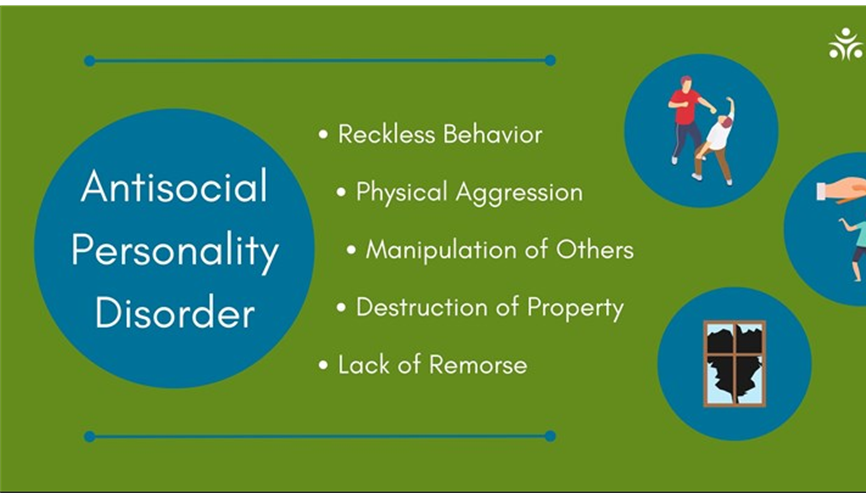The nurse believes that a client being admitted for a surgical procedure may have a drinking problem. How should the nurse further evaluate this possibility?
By using a screening tool such as the CAGE questionnaire
By asking directly if the client has ever had a problem with alcohol
By holistically assessing the client using the CINA scale
By referring the client for physician evaluation
The Correct Answer is A
A. By using a screening tool such as the CAGE questionnaire: This is the correct answer. The CAGE questionnaire is a widely used tool for screening alcohol use disorders. It consists of four questions that assess whether the individual has concerns or issues related to their alcohol consumption. A positive result may indicate a need for further assessment and intervention.
B. By asking directly if the client has ever had a problem with alcohol: While direct questioning is important, using a structured screening tool provides a more standardized and objective approach. The CAGE questionnaire offers specific questions that help identify potential issues with alcohol use.
C. By holistically assessing the client using the CINA scale: The CINA scale (Checklist of Nonverbal Indicators of Affect) is primarily used to assess nonverbal behaviors related to affect. While it may be useful in certain contexts, it is not specifically designed for assessing alcohol use disorders.
D. By referring the client for physician evaluation: While physician evaluation may be necessary for a comprehensive assessment, using a screening tool such as the CAGE questionnaire is an appropriate initial step. The results of the screening tool can guide further assessment and appropriate referrals.
Nursing Test Bank
Naxlex Comprehensive Predictor Exams
Related Questions
Correct Answer is D
Explanation
A. Concern for others: Individuals with antisocial personality disorder typically lack genuine concern for others and may exploit or manipulate them for personal gain.
B. Actively engaged in all unit activities: While engagement in activities can vary, the key feature of antisocial personality disorder is not a high level of engagement but rather a disregard for rules and the rights of others.
C. Mindful of following all of the unit rules: Individuals with antisocial personality disorder often have a history of rule-breaking and may not be consistently mindful of following societal or institutional rules. They may engage in behaviors that violate rules or laws.
D. Manipulative: This is the correct answer. Antisocial personality disorder is characterized by manipulative behaviors, where individuals exploit others for personal gain or pleasure. Manipulation is a key feature of this disorder.

Correct Answer is B
Explanation
A. The client will substitute a productive activity for rituals by day one: This outcome may be challenging to achieve within the first day, and it is important to set realistic goals. Moreover, focusing on substituting a productive activity might not address the immediate need to reduce ritualistic behaviors.
B. The client will refrain from ritualistic behaviors during daylight hours: This is an appropriate initial outcome. It acknowledges the challenge of completely eliminating rituals but sets a realistic goal of refraining from these behaviors during daylight hours. This allows for gradual progress without setting unrealistic expectations.
C. The client will participate in unit activities by day three: While participation in unit activities is a positive goal, it may be too optimistic to expect this within the first three days, especially considering the severity of obsessive-compulsive disorder symptoms.
D. The client will wake early enough to complete rituals prior to breakfast: This goal does not promote a reduction in ritualistic behaviors; instead, it may reinforce and accommodate the rituals. The aim of treatment for obsessive-compulsive disorder is to reduce the impact of these rituals, not to support them.
Whether you are a student looking to ace your exams or a practicing nurse seeking to enhance your expertise , our nursing education contents will empower you with the confidence and competence to make a difference in the lives of patients and become a respected leader in the healthcare field.
Visit Naxlex, invest in your future and unlock endless possibilities with our unparalleled nursing education contents today
Report Wrong Answer on the Current Question
Do you disagree with the answer? If yes, what is your expected answer? Explain.
Kindly be descriptive with the issue you are facing.
